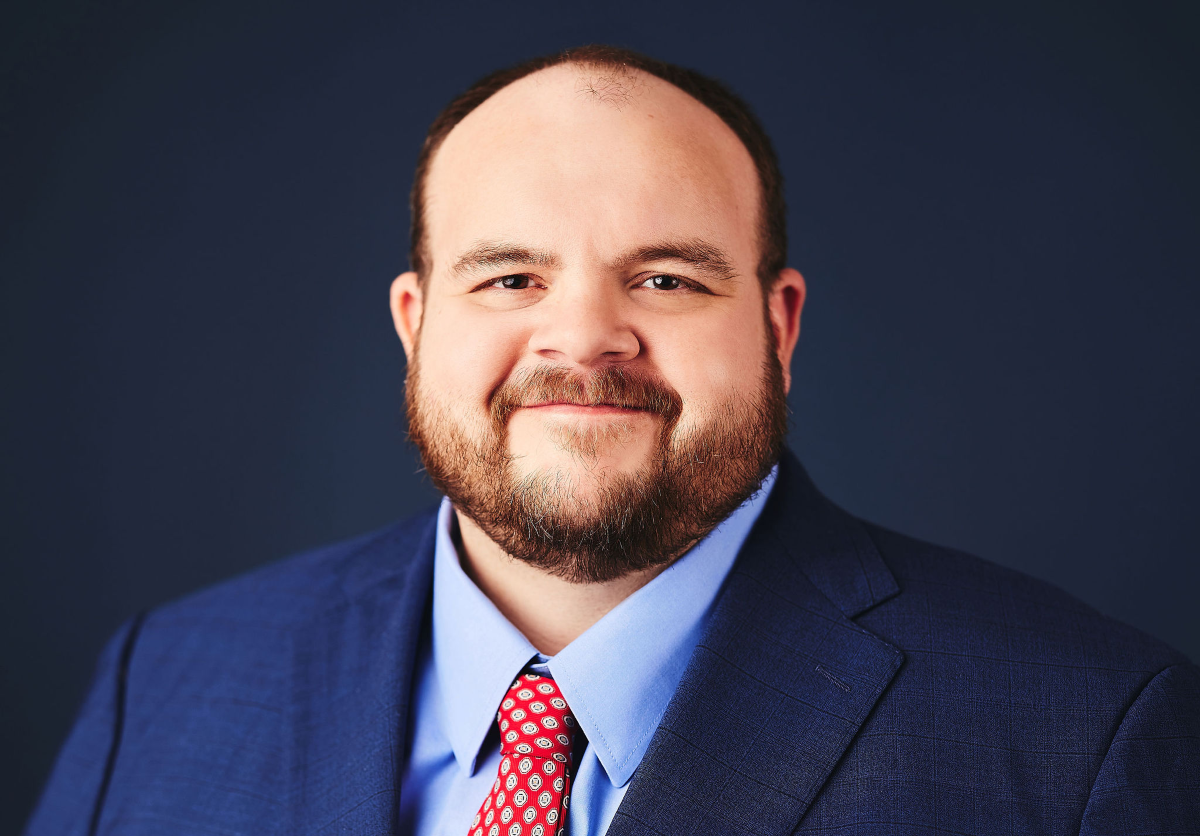A multibillion-dollar industry has developed around insurance company claims vendors. Engineering and consulting firms doing work for the insurance industry are now their own big-dollar industry. There is plenty of competition among these “consultants” willing to please and keep insurance company accounts. While the insurance adjusters and insurance companies are subject to regulation, most of these vendors answer to nobody other than the insurance claims departments. Those claims departments are now dependent upon them for reports and opinions about every aspect of a property insurance loss.
This issue was forefront in my mind as I read an expert rebuttal report from the case I posted about yesterday, Travelers Guilty of Bad Faith and Loses $27 Million Verdict Over Smoke, Soot, and Ash Dispute. Daniel M. Baxter wrote, in part:
In other words, the sampling method chosen by Gallagher Bassett (wipe sampling) of OSB board (a porous surface), should never have been used in [the] first place. This creates a second problem, especially for the analysis of aciniform soot particles as described below.
…
As described above, there are industry accepted Optical Microscopy methods for the analysis of fire related combustion dust, asbestos, and mold. The most current and definitive methods for the characterization of fire related combustion materials (including aciniform soot, Char, Ash, and indicator particles) are provided in the April, 2018 AIHA Technical Guide for Wildfire Impact Assessments for the OEHS Professional. Gallagher Bassett and the RJ Lee Group are apparently relying on the ‘ASTM Method D6602 – 13 method ‘Standard Practice for Sampling and Testing of Possible Carbon Black Fugitive Emissions or Other Environmental Particulate, or Both‘ as the sole basis of their combustion definitions and testing procedures. The ASTM TEM testing method and its’ [sic] fire-related particle definitions are inadequate for the accurate classification of structure fire related particles.
…
According to Gallagher Bassett report and photos 1-20 shown in Appendix 2, the wipe samples were collected from the OSB board on the ‘exterior’ side of the perimeter wall and not the interior cavity-side of the fiberglass insulation or around interior penetrations where the soot-forming fuels would likely condense. As a result, their sampled locations did not accurately represent the highest potential for wall cavity contamination.
How do insurance company adjusters believe their experts who do not thoroughly test behind the walls and in cavities of a building subject smoke, soot, and ash following a fire? How would a typical policyholder know that the insurance company experts are doing cheap and unacceptable work? Do policyholders have to hire their own experts just to combat the insurance company consultants?
These questions and this issue are a major plague upon policyholders. Policyholders simply cannot trust the opinions of most insurance company claims consultants. These consultants market to insurance company claims department with stories about “saving” the insurance company money. They are in bed with insurance company claims departments that simply want reasons and more leverage to negotiate the amount otherwise owed on claims.
I have written about this systemic insurance company vendor problem before in Are Baseless and Outcome Oriented Engineering Opinions the Normal State of Affairs in Property Insurance Investigation? and Unethical Claims Cultures Promote Outcome Oriented Expert Reports.
Are you involved in a fire claim where the issue of cleaning the smoke, soot, and ash is at issue? I would suggest you read this expert rebuttal report to gain insight into how insurance company fire loss consultants do sub-par work and often underestimate the amount of damage.
Thought For The Day
A second opinion never hurts, not only in medicine, but also in politics.
—Sergei Lavrov




